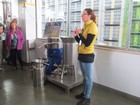
IMG_1361 - The flavourful oil and water are separated. The water is used for irrigation and the paste as animal feed.
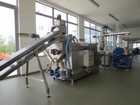
IMG_1362 - For modern, refined olive oil, the pits are removed. The oil is lighter and sweeter.

IMG_1363 - These spirals grind the pitted olives to a pulp and a centrifuge spins the oil and water out.
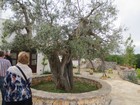
IMG_1364 - A "young" 400 year old olive tree. It is pruned to let light into the centre, and to stimulate new growth.
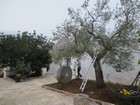
IMG_1368 - Without pruning, an olive tree only produces abundantly every three or four years.
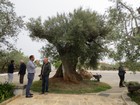
IMG_1369 - An 1100 year-old olive tree. Pruning kept it small. Some existing trees go back to the 3rd century.
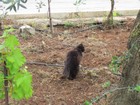
IMG_1370 - Irrigation hoses to help young trees whose roots are not yet long enough to reach the underground water.
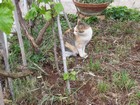
IMG_1372 - I would expect this countryside would provide lots of small rodents for these fellows.
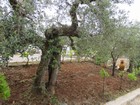
IMG_1374 - Young, medium, and old olive trees.
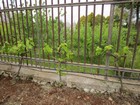
IMG_1375

IMG_1381 - Ostuni, Brindisi, Apulia, Italy. "The White Town". Pop. 32,000 in winter, 100,000 in summer.
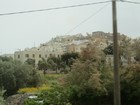
IMG_1382 - In the 8th century BC the Messapii established a fortified hill town on this 25,000 year-old settlement site.